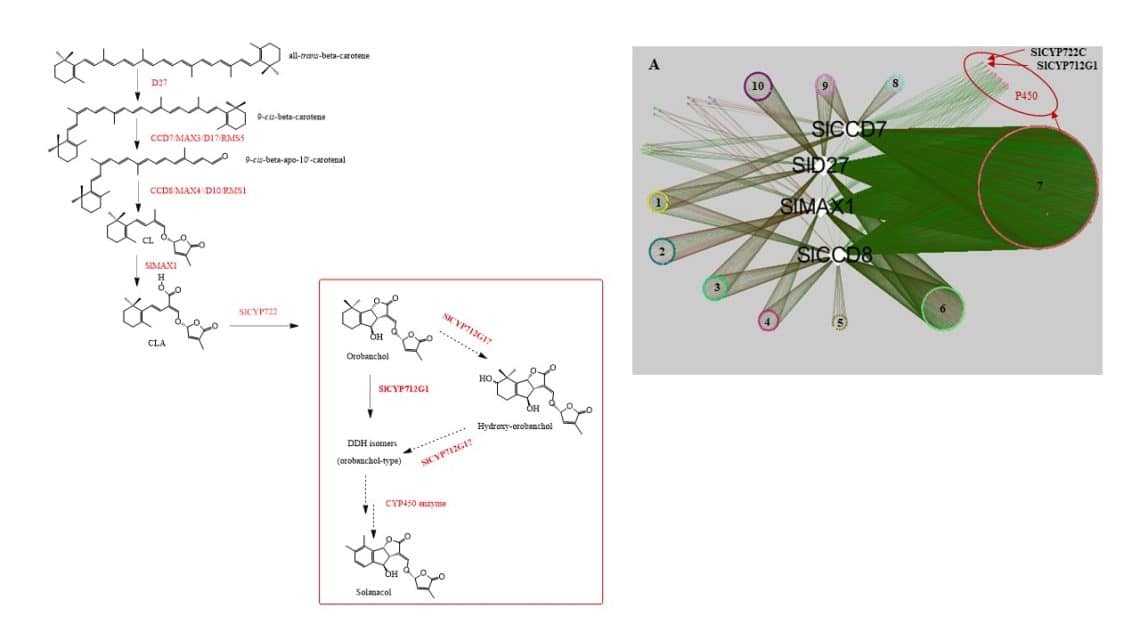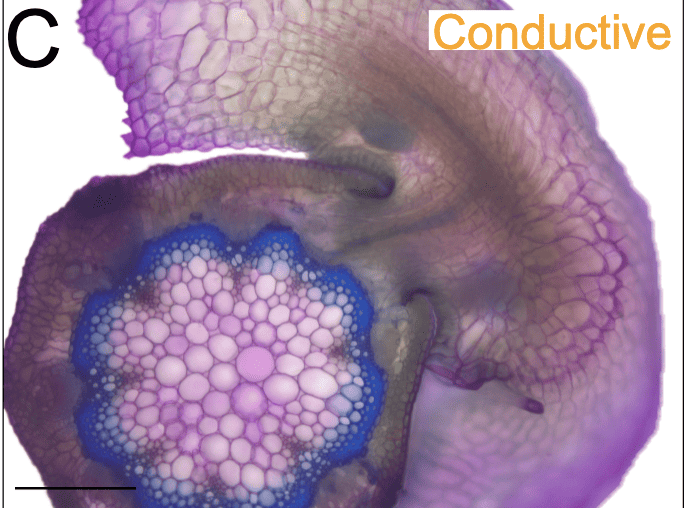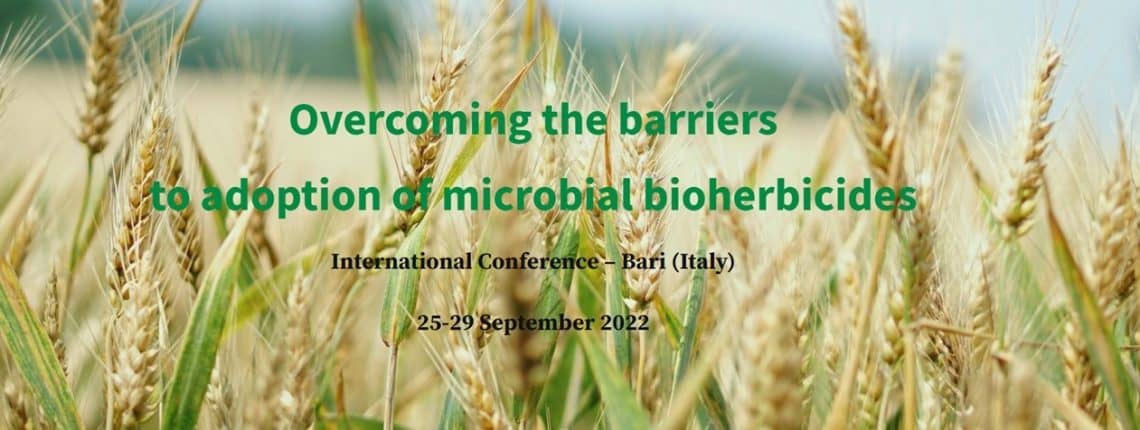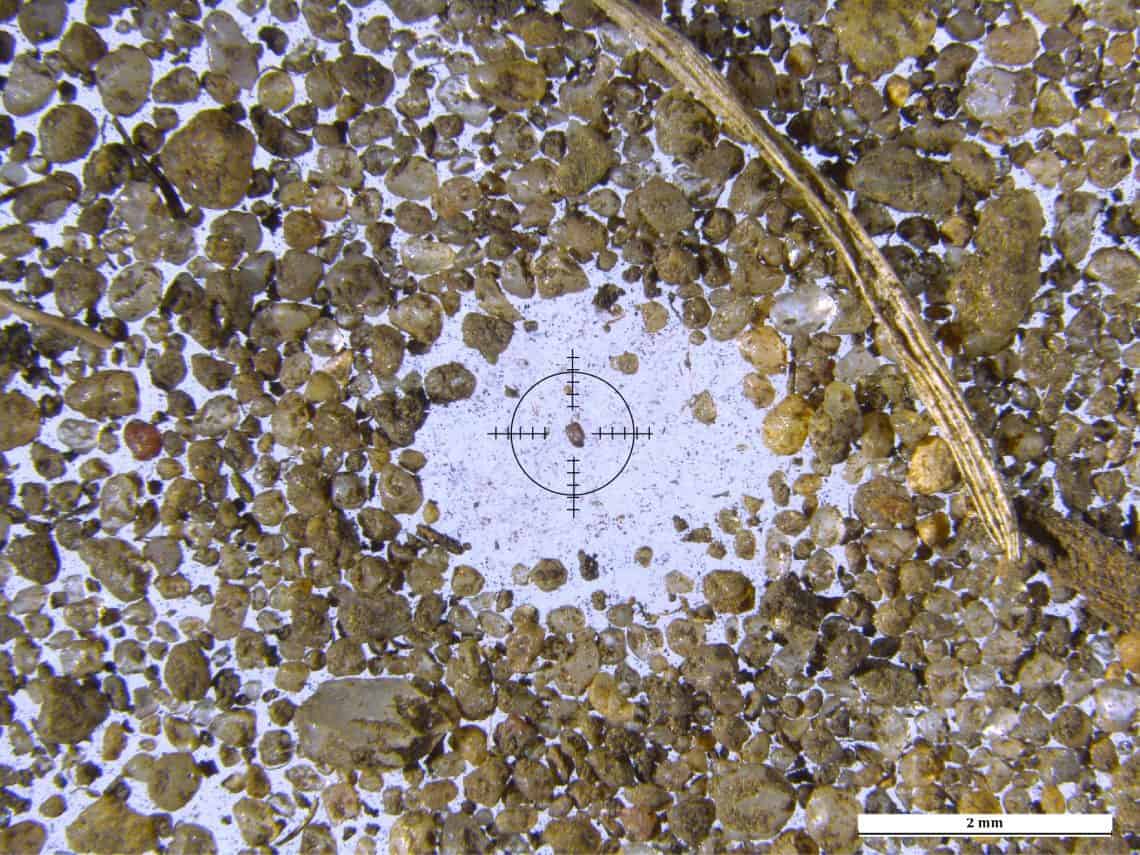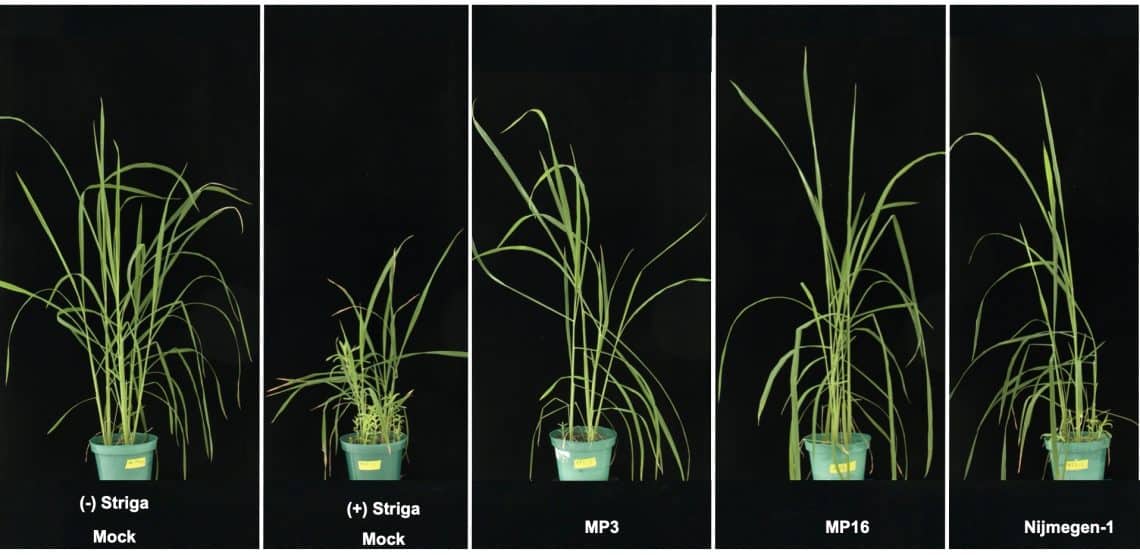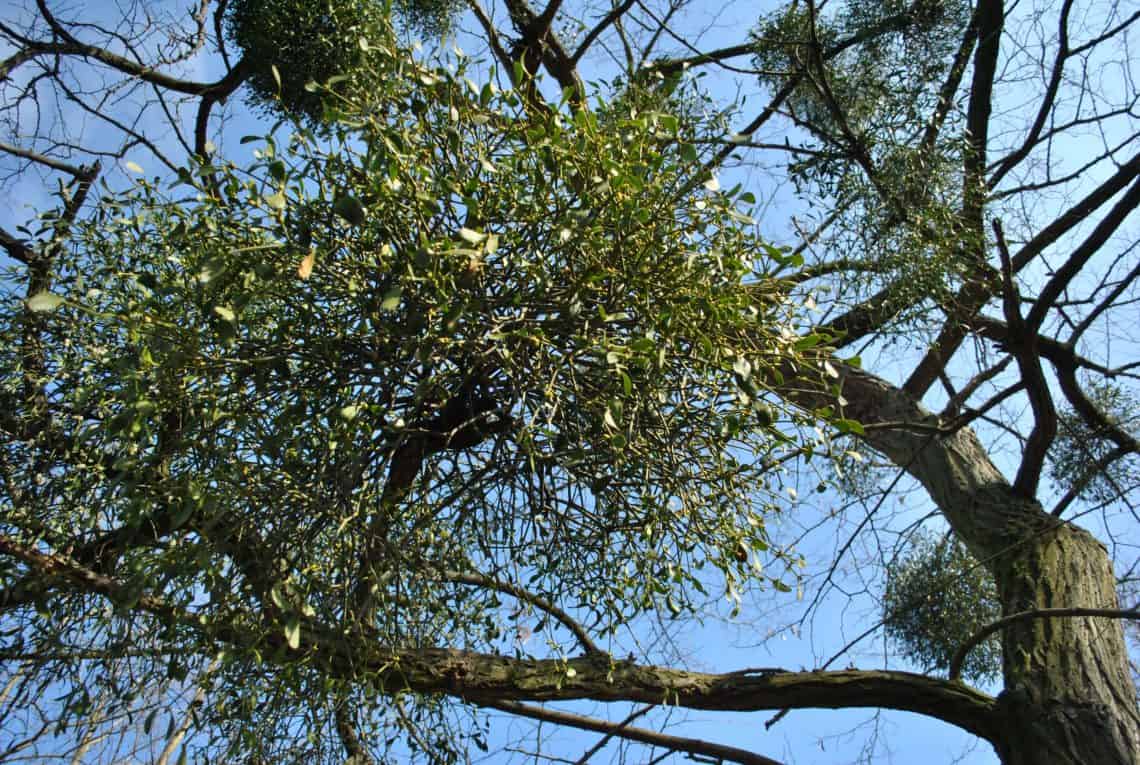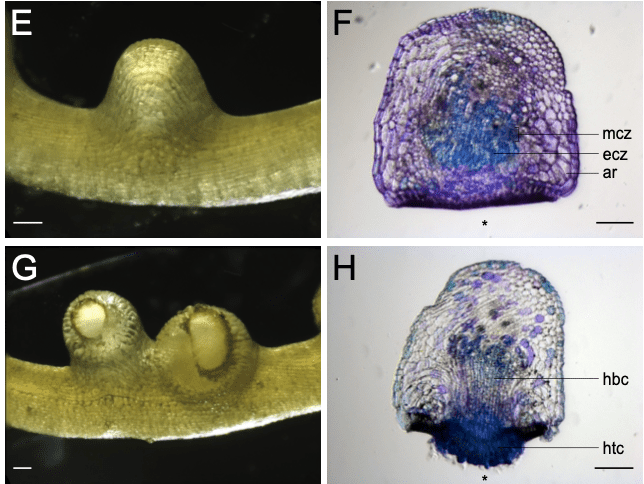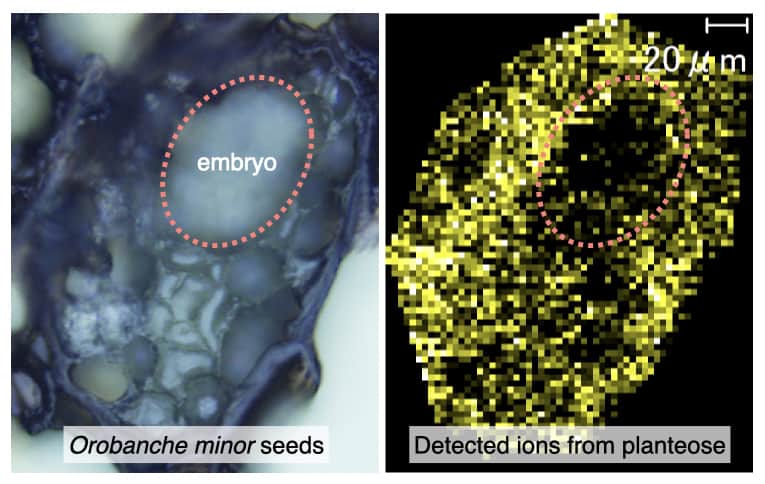Strigolactones (SLs) were initially discovered as germination stimulants that induce the seed germination of parasitic plants of the Orobanchaceae (Striga, Alectra, Phelipanche and Orobanche genera). Half a century after this intriguing biological discovery, it was demonstrated that SLs are actually beneficial for plants, as they induce hyphal branching in arbuscular mycorrhizal (AM) fungi. Another 3 yr later, SLs were revealed […]
The tomato cytochrome P450 CYP712G1 catalyses the double oxidation of orobanchol en route to the rhizosphere signalling strigolactone, solanacol
